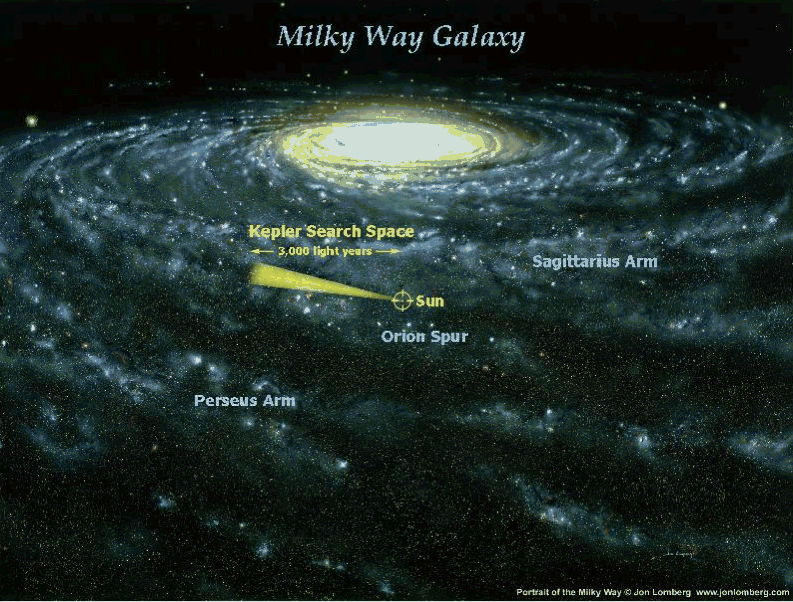The space mission KEPLER, launched in March 2009 to investigate exoplanets, has just delivered its first results on the vibrations of stars. Several international teams of scientists, including members of the Astrophysics Division (CEA-Irfu) have shown, using this first data, that starquakes not only make it possible to probe the interior of stars but they also allow determination of their age and tell us whether or not the stars belong to a cluster. The results are the subject of four articles published in a special edition of Astrophysical Journal Letters dedicated to the Kepler Mission
Contact : and
Publications :
« Solar-like oscillations in low-luminosity red giants: first results from Kepler»
Bedding et al., ApJ Letters (2010), for an electronic version arXiv:1001.0229
« The asteroseismic potential of Kepler: first results for solar-type stars»
Chaplin et al., ApJ Letters (2010), for an electronic version arXiv:1001.0506
« Hybrid gamma Doradus - delta Scuti pulsators: New insights into the physics of the oscillations from Kepler observations» Grigahcene et al., ApJ Letters (2010), for an electronic version arXiv:1001.0747
« Solar-like oscillations in low-luminosity red giants: first results from Kepler, 2010»
Stello et al., ApJ Letters (2010), v arXiv:1001.0026
For more information : see the French version
Written by: Stéphane Mathis, Rafael Garcia and Jean-Marc Bonnet-Bidaud
• Structure and evolution of celestial bodies
• Department of Astrophysics (DAp) // UMR AIM
• GOLF-NG






